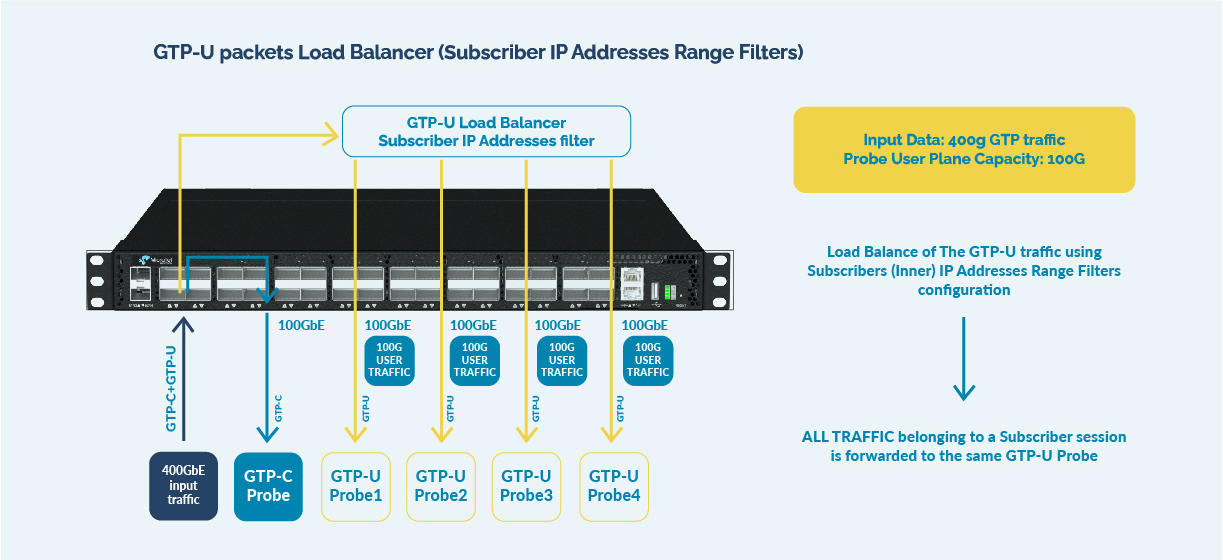
THE CHALLENGE
Mobile networks are experiencing a continues traffic growth in last years: data traffic continues to grow at an exponential rate, driven by mobile video and OTT services.
This is creating challenges for mobile operators, as they seek to keep up with traffic analysis and monitoring of all of the data on their network that needs to be processed and analysed.
Furthermore, the disaggregation of the control plane and physical separation of the control and user planes, actually used in modern networks like LTE CUPS and 5G deployments, adds additional complexity.
For mobile carriers, efficiently and effectively monitor performance, Quality of Experience (QoE) and security for their services and subscribers, as well as identify and monetize new offerings is critical to success. But actual network probes that provide visibility into wireless core networks have limited capacity and may not cope with the exploding mobile subscriber traffic. Additional probes need to be added, and GTP User Plane traffic has to be balanced between them, granting that the whole IP Flow related to one particular session is sent to the same tool.
THE SOLUTION
Microtel Innovation Aster A-640 and A-648 gives the solution to this problem.
Balancing the GTP User Plane is not an easy task: it needs to be done in a way that grant that all the IP Flow traffic related to the same session is sent to the same probe, and assure best performances, so that the solution is future proof, ready for the growing data traffic that will be in the coming years.
How to do that? his can be achieved balancing the User Plane traffic using the Inner IP key, and doing that in hardware to avoid performances problems.
In fact, in GTP protocol the Inner IP is the Subscriber IP address, and balancing the traffic using such key will create User Plane traffic flows belonging to the same User IP sessions.

Fig. 1 Inner IP in GTP frame (inner IP=IP packet sent by the phone)
Since the Control Plane traffic consists usually in a small percentage than the User Plane, there is no need to balance it. It can be forwarded to the Probes in different ways, depending on how the probe works:
- some monitoring systems have a Control Plane dedicated probe, in this case the Control Plane traffic is separated and sent only to the Control Plane probe (see fig2).
- In other cases, User Plane probes require the Control Plane data too: in this situation the Network Packet Broker can replicate the Control Plane traffic and send it (all the Control Plane data) to each probe for further elaboration.

Fig. 2 GTP User Plane balancing using inner IP - example with 400G Input Traffic
Important to note, the solution described above makes no use of Control Plane-User Plane correlation, which is a very heavy activity to be done, and is in same cases difficult to implement, due to the fact that in modern networks, for example CUPS and 5G, Control Plane signalling and User Plane data are not always in the same location.
To summarize, using Aster A-640 and Aster A-648 to balance User Plane traffic is the perfect solution when:
- High performances are needed: Aster A-640 can cope with up to 3,2 TB traffic, with 32×40/100G input/output ports, each one of them can be used as 4×10/25G
- Control Plane and User Plane data are not available in the same location, as it happens for example with CUPS and 5G Networks


